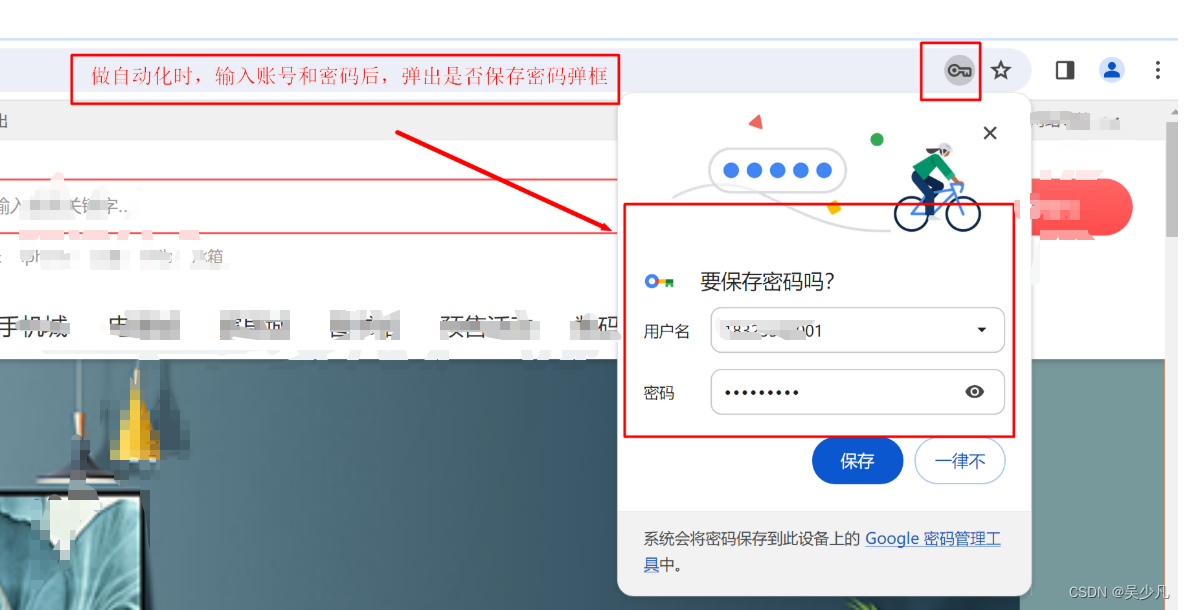
解题思路:
回溯
假设给定数组nums为[1, 2, 3],首先将其转换为List<Integer>类型的output为[1, 2, 3]。
在backtrack方法中,初始时first为0,所以进入第一个for循环,交换output中第一个元素和自身,然后递归调用backtrack方法,此时first为1,再次进入for循环,交换output中第二个元素(即2)和自身。这样得到的output为[1, 2, 3],添加到结果集中。
接着回到第一个for循环,再次交换output中第一个元素和自身,此时成为[2, 1, 3],再次递归调用backtrack方法,得到的output为[2, 1, 3],添加到结果集中。
依次类推,通过不断交换元素的位置和递归调用backtrack方法,可以生成所有可能的排列组合。最终得到的结果为[[1, 2, 3], [2, 1, 3], [3, 1, 2], [1, 3, 2], [2, 3, 1], [3, 2, 1]],即给定数组[1, 2, 3]的全排列结果。
java">class Solution {public List<List<Integer>> permute(int[] nums) {List<List<Integer>> res = new ArrayList<List<Integer>>();List<Integer> output = new ArrayList<>();for (int num : nums) {output.add(num);}int n = nums.length;backtrack(n, output, res, 0);return res;}public void backtrack(int n, List<Integer> output, List<List<Integer>> res, int first) {if (first == n)res.add(new ArrayList<Integer>(output));for (int i = first; i < n; i++) {Collections.swap(output, first, i);backtrack(n, output, res, first + 1);Collections.swap(output, first, i);}}
}






![[C++][数据结构]二叉搜索树:介绍和实现](https://img-blog.csdnimg.cn/direct/6f3eecc7fa6f472db3e13b17244bffa3.png)